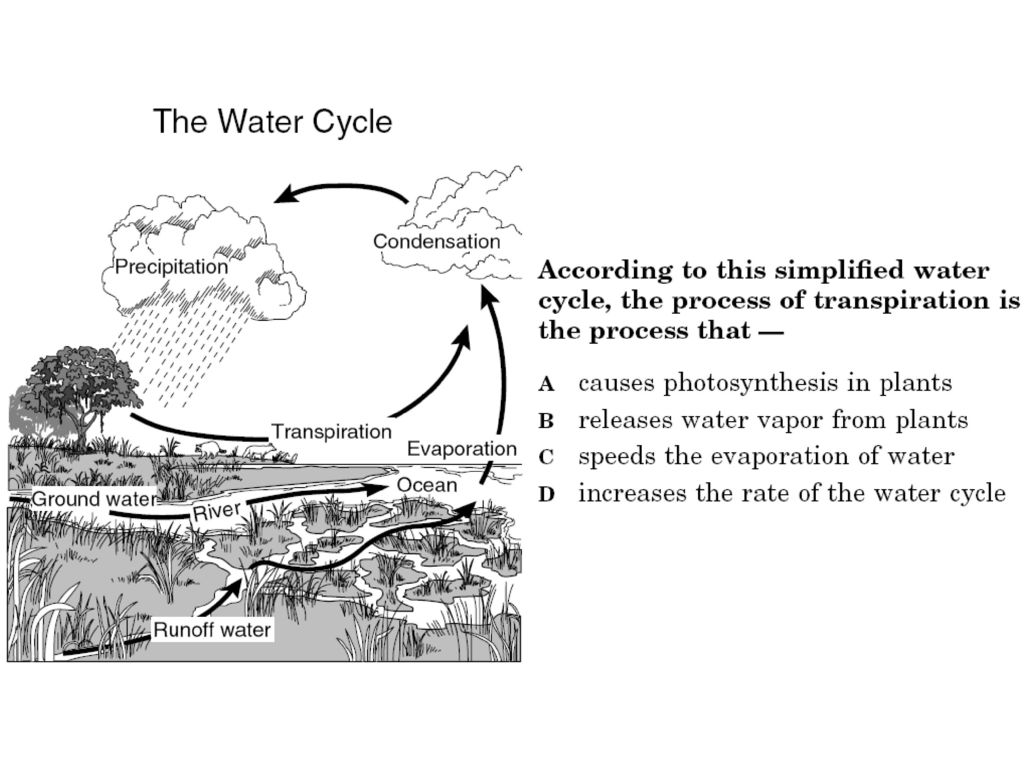Rainwater, while a valuable resource for reuse, can contain various contaminants depending on the collection area, local environmental conditions, and atmospheric pollution. These contaminants can be broadly categorized into physical, chemical, and biological groups:

Physical Contaminants:
- Particulate matter such as dust, soot, and other airborne particles that the rainwater collects as it falls through the atmosphere.
- Debris from roofing materials and gutters, including leaves, twigs, and dirt, which can accumulate in rainwater storage systems.
Chemical Contaminants:
- Atmospheric pollutants, including sulfur dioxide (SO2), nitrogen oxides (NOx), and volatile organic compounds (VOCs), which can dissolve in rainwater, leading to acid rain. These substances can corrode metal surfaces and harm plant life.
- Heavy metals like lead, zinc, and copper, which can leach from roofing materials and piping into the collected rainwater.
- Pesticides and herbicides used in agricultural or residential areas can be carried into the rainwater collection system by wind and rain.
Biological Contaminants:
- Bacteria, viruses, and parasites that are present in the environment can contaminate rainwater. These organisms can pose health risks if the water is used for drinking without proper treatment.
- Algae and fungi can grow in storage tanks and distribution systems, especially if the systems are not properly maintained or if the water is stored for prolonged periods.
Dissolved Gases:
- Carbon dioxide (CO2) and other gases can dissolve in rainwater, affecting its pH and making it slightly acidic. While generally not harmful, this can influence the suitability of the water for certain uses.
Rainwater collection and reuse play a significant role in sustainability and combating global warming through several key mechanisms:
Water Conservation: Rainwater collection helps conserve water, a precious and often limited resource in many regions of the world. By collecting and using rainwater for irrigation, landscaping, flushing toilets, and even for drinking (with proper treatment), the demand on conventional water supplies, such as groundwater and surface water, is reduced. This is particularly important in areas experiencing water scarcity.
Energy Savings: Treating and distributing water is energy-intensive. By using collected rainwater, the energy required for these processes is reduced. Since energy production is a major source of greenhouse gas emissions, which contribute to global warming, reducing energy consumption helps mitigate climate change.
Reducing Runoff and Erosion: Urban runoff can be a significant problem, leading to erosion, water pollution, and the overwhelming of sewer systems during heavy rains, sometimes resulting in untreated sewage being discharged into water bodies. Collecting rainwater reduces runoff, alleviating these problems and thus protecting ecosystems and water quality.
Mitigating Urban Heat Island Effect: In urban areas, surfaces like roads and buildings absorb and retain heat, making cities warmer than their rural surroundings, a phenomenon known as the urban heat island effect. Using collected rainwater for urban landscaping and green roofs can help cool these areas, reducing the demand for air conditioning and thus energy consumption, while also sequestering carbon dioxide through plant growth.
Enhancing Local Resilience: By relying on local rainwater collection systems, communities can enhance their resilience to water supply disruptions, whether caused by drought, infrastructure failure, or other crises. This local sourcing of water reduces dependency on distant water sources, which may be vulnerable to the impacts of climate change.
Promoting Sustainable Agriculture: Rainwater harvesting can support sustainable agricultural practices by providing a reliable water source for irrigation without depleting groundwater or relying on surface water, which might be impacted by climate change. This is especially crucial for regions where agriculture is heavily dependent on consistent water availability.
In summary, rainwater collection and reuse contribute to sustainability and the fight against global warming by conserving water, reducing energy consumption, mitigating pollution and erosion, cooling urban areas, enhancing resilience, supporting sustainable agriculture, and fostering environmental awareness. These practices are integral to developing more sustainable, adaptable, and resilient communities in the face of climate change.
To safely reuse rainwater, especially for potable purposes, it is essential to treat it appropriately to remove these contaminants. Aside from common filtration for particulate matter, we use other physical and non-chemical technologies to kill or inactivate microorganisms. We are also specialized to help increase the efficiency and optimalize the MTBF of RO units and active carbon filters by respectively increase the flux and improve the adsorbtion.
